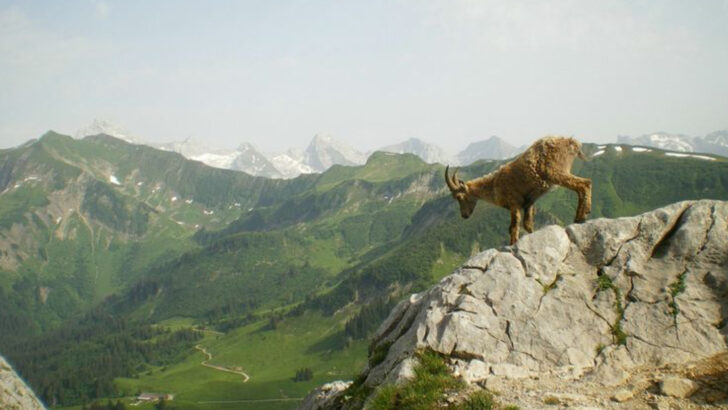Some creatures laugh in the face of impossible.
They thrive in boiling heat, survive crushing pressure, and call the most hostile places on Earth home. From the deepest trenches of the ocean to volcanic hellscapes and frozen wastelands, these animals have mastered the art of survival where life has no business existing.
Imagine a fish swimming happily miles beneath the ocean, where the weight of the water could flatten a submarine. Or a tiny insect that shrugs off radiation levels that would wipe out everything else. These creatures don’t just survive—they dominate environments that should be lifeless.
Nature refuses to play by the rules, and these 23 animals are proof. Their existence defies logic, but here they are, thriving in places that should be barren. So, how do they do it? Let’s dive into the world of the toughest, most unbreakable creatures on the planet.
Tardigrade
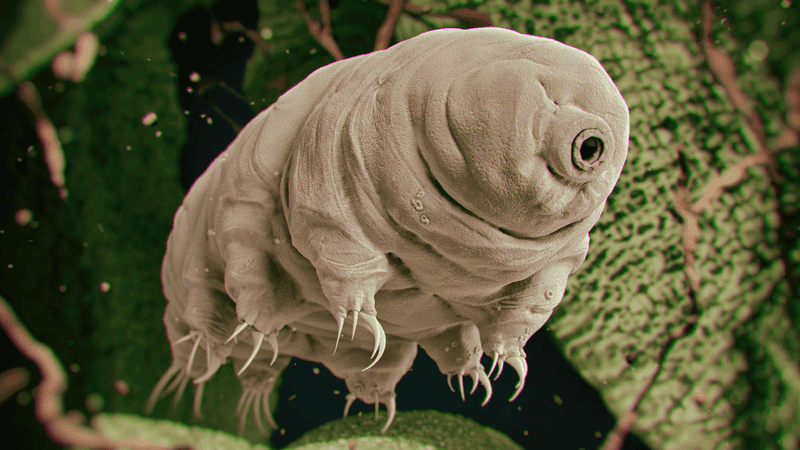
Tardigrades, often called water bears, are microscopic creatures capable of surviving extreme conditions such as the vacuum of space and intense radiation. Found in environments ranging from deep ocean trenches to high mountain peaks, these resilient animals can enter a cryptobiotic state, suspending their metabolism and withstanding temperatures from near absolute zero to over 300°F.
Their ability to desiccate allows them to survive without water for years, rehydrating and resuming life when conditions improve. Tardigrades are a testament to life’s adaptability, thriving where other forms of life could never dream to exist.
Pompeii Worm
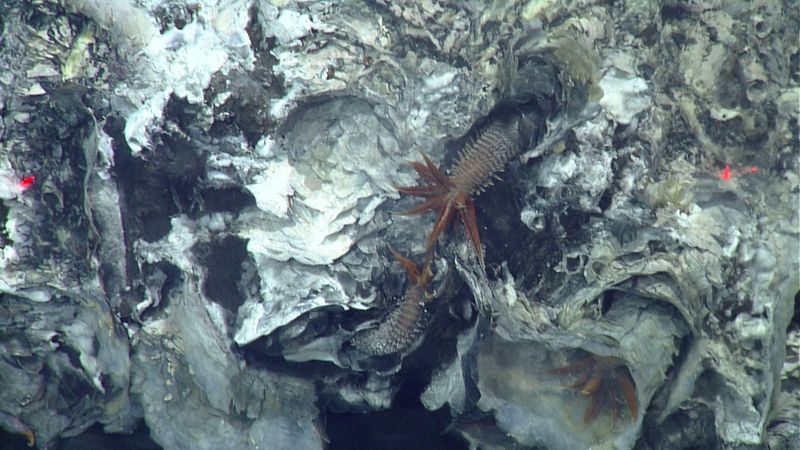
The Pompeii worm is a deep-sea creature thriving near hydrothermal vents, where temperatures can exceed 750°F. These worms have evolved a unique symbiotic relationship with bacteria, which cover their backs and provide protection against the extreme heat. By living in such inhospitable environments, Pompeii worms demonstrate nature’s ingenuity in the face of adversity.
Their tube-dwelling lifestyle offers further shelter, while their hairy appearance comes from the bacterial colonies they host. Surviving such extreme conditions, Pompeii worms push the boundaries of life’s potential habitats, revealing the mysteries of the ocean’s depths.
Antarctic Icefish

Antarctic icefish are remarkable for having transparent blood, enabling them to survive in the freezing waters surrounding Antarctica. These fish lack hemoglobin, the protein that usually carries oxygen in vertebrates, and instead rely on high oxygen solubility in cold water to meet their respiratory needs.
Their unique physiology allows them to withstand temperatures that would freeze other species, showcasing adaptation to one of the planet’s most extreme climates. With antifreeze proteins in their blood, Antarctic icefish epitomize survival in cold, oxygen-rich environments where few other creatures dare to live.
Devil’s Hole Pupfish
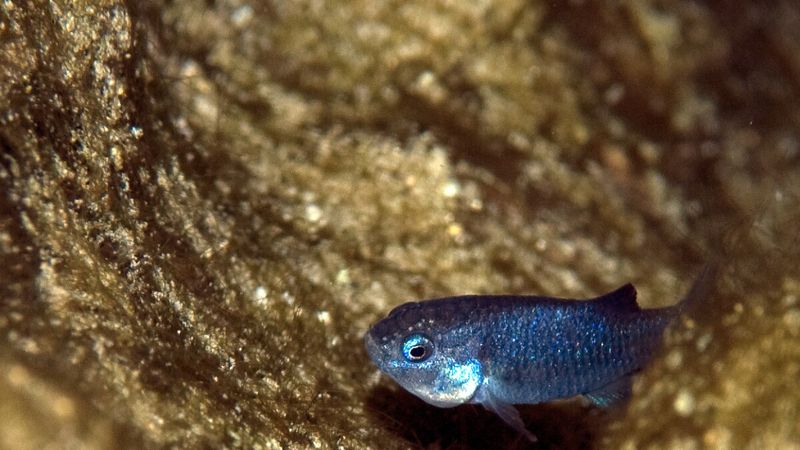
The Devil’s Hole pupfish is one of the rarest fish in the world, inhabiting a single, isolated water-filled cavern in Nevada’s Devils Hole. This unique environment, characterized by constant warm temperatures and limited food supply, has led to the fish’s specialized adaptations.
Living in such a confined space, they face challenges like low genetic diversity and environmental changes. Despite these obstacles, they continue to thrive in this extreme habitat, offering a glimpse into the resilience of life. The Devil’s Hole pupfish serves as a symbol of persistence and survival against the odds.
Yeti Crab
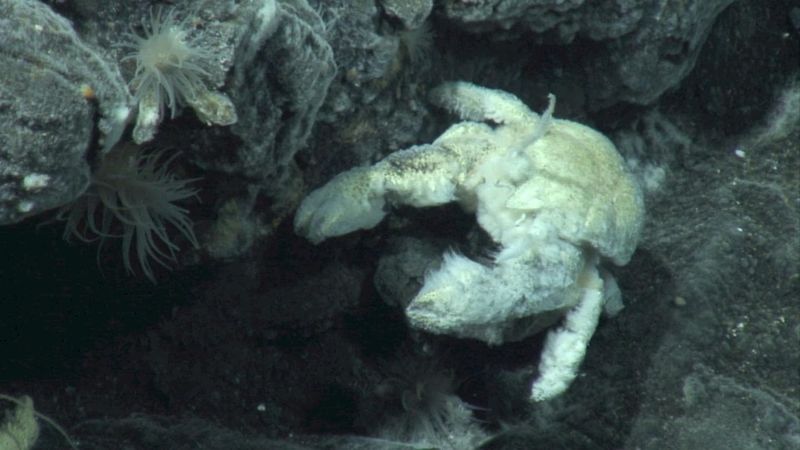
Yeti crabs are intriguing creatures discovered near hydrothermal vents on the ocean floor. They are known for their hairy claws, which are used to cultivate bacteria, providing them with a primary food source in an otherwise barren environment.
Living in total darkness, these crabs are adapted to the high-pressure, low-temperature world of the deep sea. Their symbiotic relationship with the bacteria highlights the intricate connections within extreme ecosystems. The yeti crab exemplifies survival in one of Earth’s most hostile habitats, illustrating the remarkable strategies life employs to endure.
Sahara Silver Ant
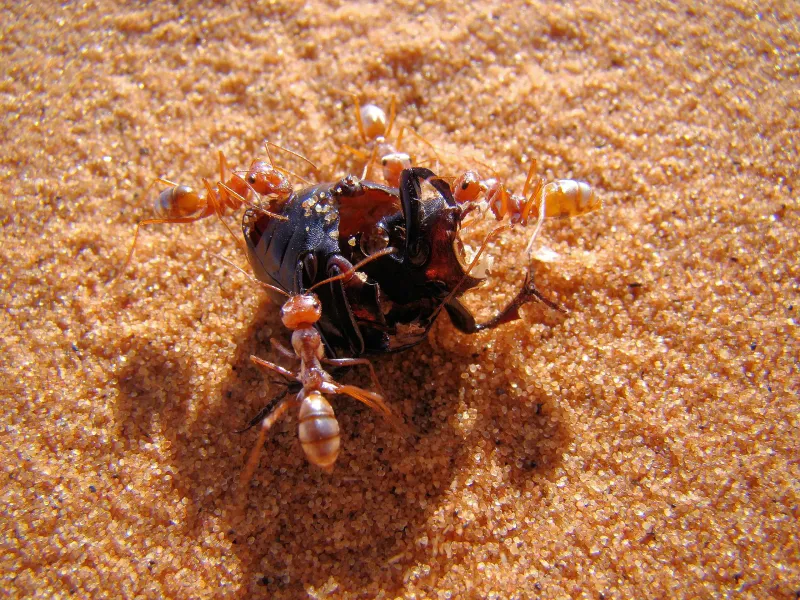
Sahara silver ants are remarkable for their ability to withstand the Sahara Desert’s extreme heat. They possess unique adaptations, including long legs to keep their bodies away from scorching sand and metallic hairs that reflect the sun, reducing body temperature.
Their foraging expeditions take place during the hottest part of the day when temperatures can reach up to 158°F, allowing them to avoid predators. These ants’ resilience demonstrates how life can adapt to extreme heat, finding ways to survive and thrive in one of the harshest environments on Earth.
Deep-Sea Anglerfish
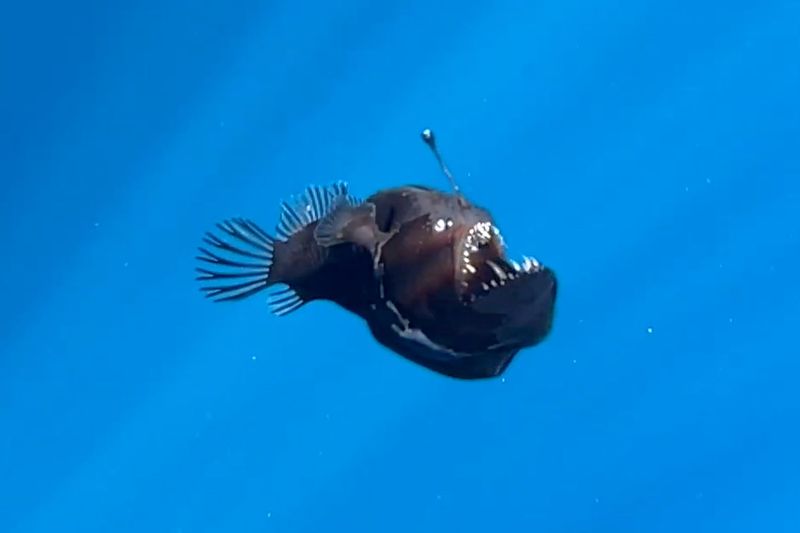
Deep-sea anglerfish are known for their unique hunting method, using a bioluminescent lure to attract prey in the dark, cold depths of the ocean. Living thousands of meters below the surface, these fish endure immense pressure and near-freezing temperatures.
Their mouths are filled with sharp teeth, allowing them to capture prey that wanders too close. Anglerfish exhibit sexual dimorphism, with much smaller males fusing to females in a parasitic relationship. These adaptations enable them to thrive in the deep-sea, a place where few organisms can endure the extreme conditions.
Desert Rain Frog
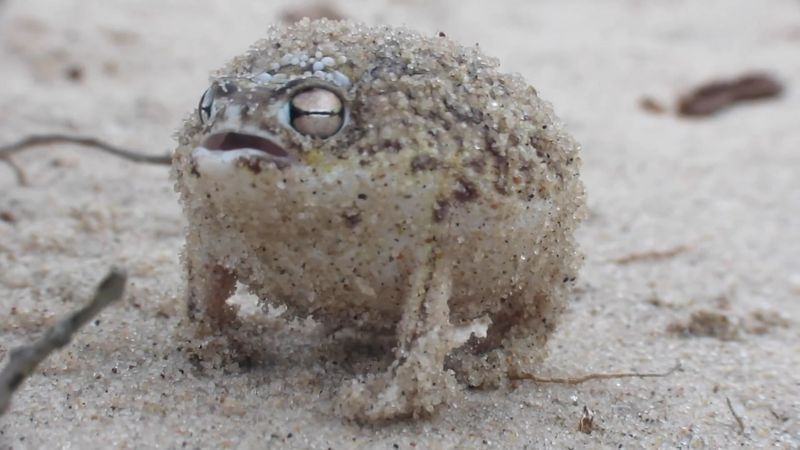
The desert rain frog is a small amphibian adapted to life in the sandy dunes of Namibia and South Africa. With translucent skin and a unique ability to absorb moisture, these frogs survive in an environment with minimal rainfall.
Burrowing into the sand during the day, they emerge at night to feed, taking advantage of cooler temperatures. Their high-pitched squeaks have earned them internet fame as the “squeaky toy” frog. The desert rain frog’s lifestyle is a testament to life’s versatility, finding ways to flourish in the dry, unforgiving desert landscape.
Axolotl
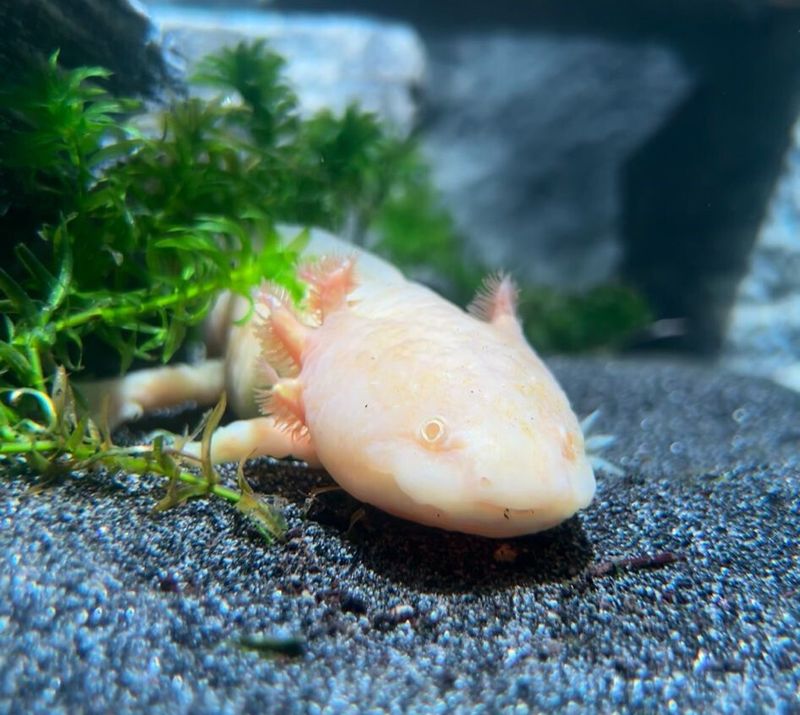
Axolotls are neotenic salamanders found in the remnants of lakes near Mexico City. Known for their regenerative abilities, these creatures can regrow limbs and even parts of their hearts and brains. Unlike most amphibians, axolotls remain aquatic throughout their lives.
They breathe through feathery external gills and can also absorb oxygen through their skin. These fascinating features make them a subject of scientific interest. Axolotls embody survival in an environment threatened by urbanization, showcasing nature’s ability to adapt to ever-changing conditions while retaining extraordinary biological capabilities.
Blind Cavefish
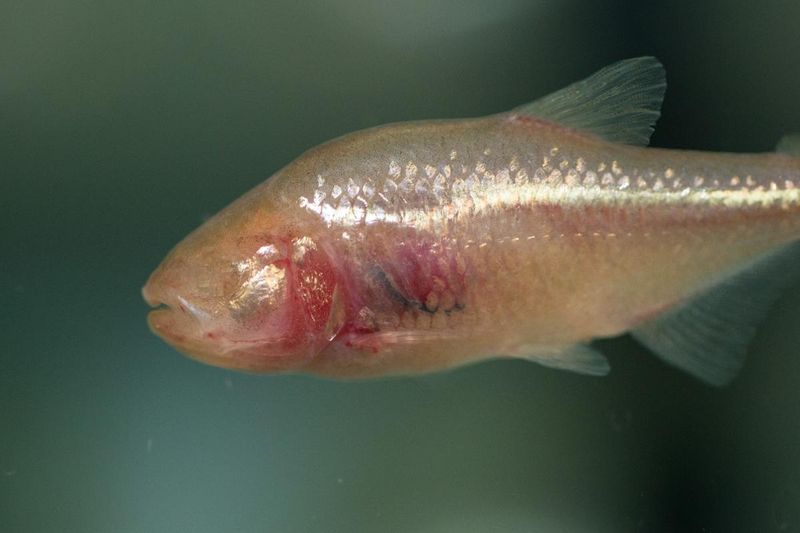
Blind cavefish have adapted to life in the dark, subterranean waters of caves by losing their eyesight and pigmentation. These adaptations conserve energy and are advantageous in environments devoid of light.
Relying on other senses, such as detecting vibrations and changes in water pressure, they navigate their pitch-black habitats. These fish exemplify nature’s capacity to evolve in response to environmental challenges. Blind cavefish are a remarkable example of how life can persist and even flourish in the absence of sunlight, where the usual rules of survival do not apply.
Sea Cucumber
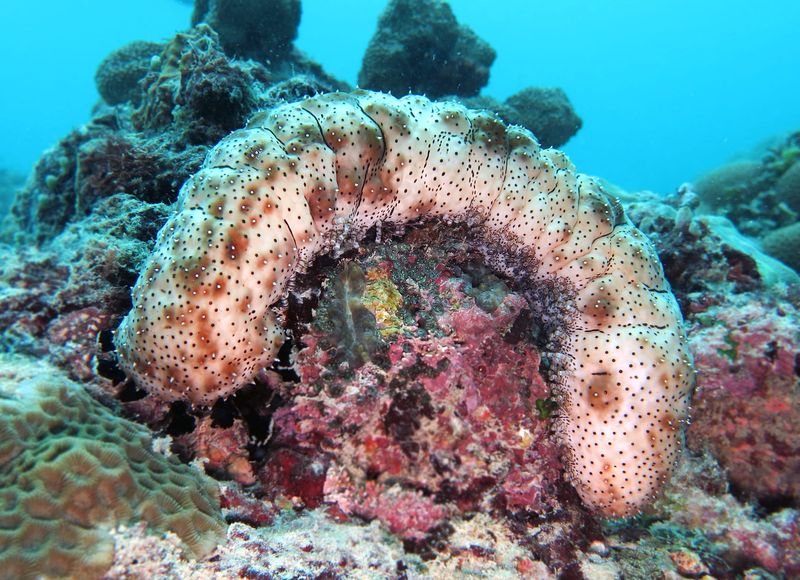
Sea cucumbers are echinoderms found on the abyssal plains of the ocean, where pressure is immense and temperatures are just above freezing. They feed on detritus, playing a crucial role in nutrient recycling within their ecosystem.
With a remarkable ability to expel and regenerate their internal organs, sea cucumbers defend themselves against predators. These creatures can also alter the consistency of their bodies, helping them navigate extreme depths. Sea cucumbers highlight the extraordinary adaptations required to live in the deep sea, showcasing life’s tenacity in the face of harsh conditions.
Emperor Penguin
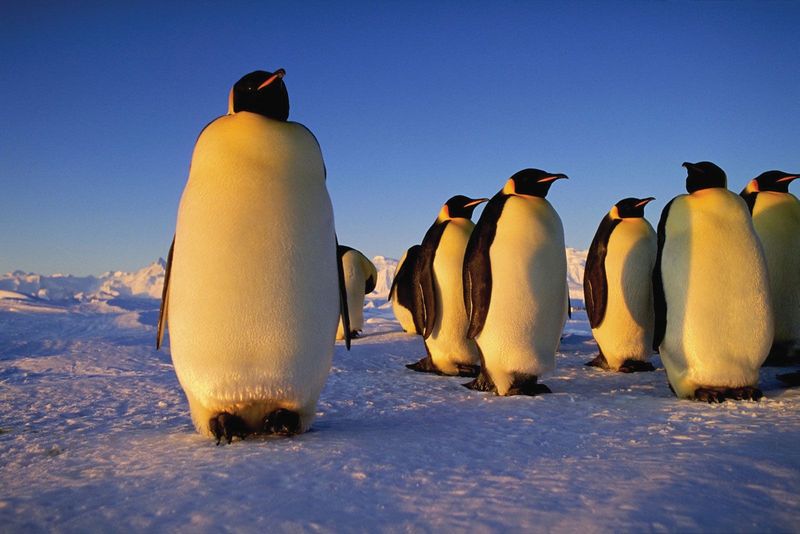
Emperor penguins are renowned for enduring the harsh Antarctic winters, where temperatures can plummet to -76°F. These penguins rely on huddling together for warmth, rotating positions to ensure everyone gets a chance to be shielded from the icy winds.
Their thick blubber and specialized feathers provide insulation, while their ability to dive deep for food sustains them through the cold months. Emperor penguins’ resilience in such extreme conditions underscores the adaptability and cooperation essential for survival in one of Earth’s most unforgiving climates.
Giant Tube Worm
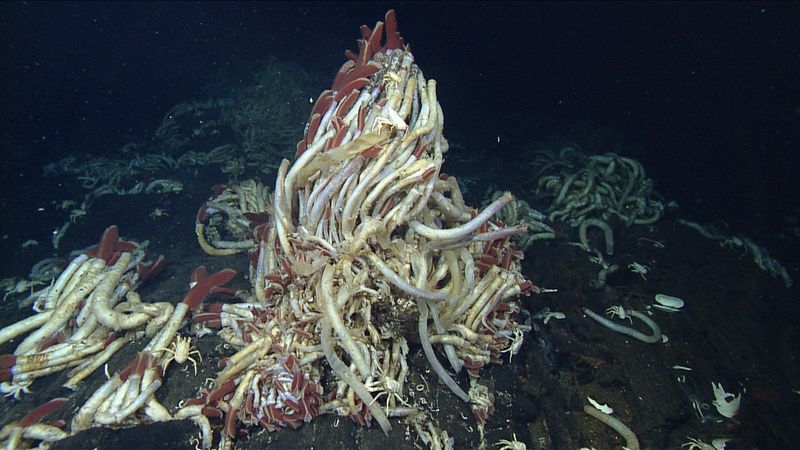
Giant tube worms thrive near hydrothermal vents on the ocean floor, where sunlight never reaches. These remarkable creatures obtain energy through a symbiotic relationship with chemosynthetic bacteria, which convert chemicals from the vents into nourishment.
Their bright red plumes are specialized for absorbing dissolved oxygen and hydrogen sulfide. Giant tube worms grow rapidly in these nutrient-rich environments, defying the odds of survival in such a hostile setting. Their existence illustrates how life can adapt to thriving in places devoid of sunlight, showcasing nature’s unyielding drive to flourish.
Naked Mole-Rat
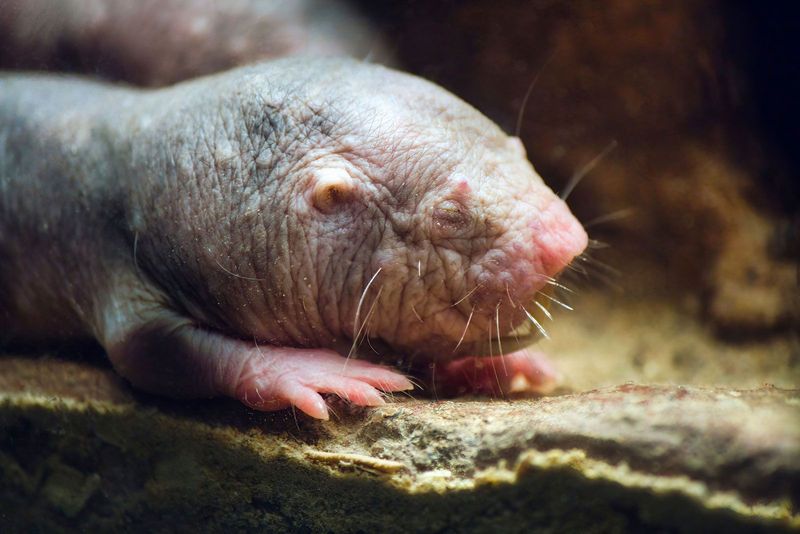
Naked mole-rats live in extensive underground burrows in East Africa, where they’re insulated from extreme surface temperatures. These eusocial mammals have a queen-based colony structure similar to that of bees.
Their lack of fur and low metabolic rate help them survive in low-oxygen environments, while their wrinkled skin allows movement through tight tunnels. Remarkably, they can resist cancer and live exceptionally long lives for their size. Naked mole-rats exemplify adaptation to subterranean life, revealing complex social structures and resilience in conditions that challenge conventional mammalian life.
Alpine Ibex

Alpine ibex are sure-footed goats found in the rugged mountain ranges of Europe, where they navigate steep, rocky terrains with ease. Their large, curved horns and powerful legs are adapted for climbing and stability.
Living at high altitudes, they endure harsh weather and limited food, relying on their ability to graze on sparse vegetation. Alpine ibex demonstrate incredible adaptations to mountainous environments, showcasing life’s capacity to conquer seemingly inaccessible habitats. These majestic animals remind us of nature’s resilience and the beauty of survival against the elements.
Polar Bear
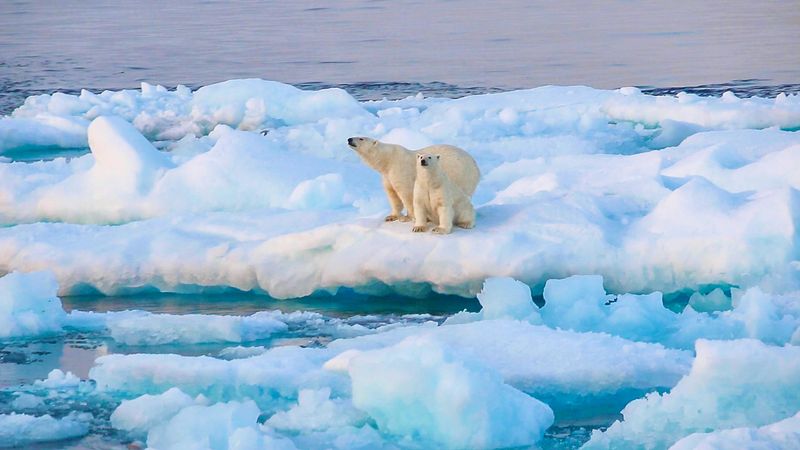
Polar bears are the apex predators of the Arctic, perfectly adapted to life on the ice. Their thick, insulating fur and layer of blubber shield them from extreme cold, while their large paws are designed for swimming and walking on ice.
Relying on sea ice to hunt seals, polar bears face challenges due to climate change and melting ice. Despite these hurdles, they remain a powerful symbol of the Arctic’s harsh beauty and the delicate balance of life in extreme conditions. Polar bears epitomize strength and adaptation in one of the world’s most formidable environments.
Olm
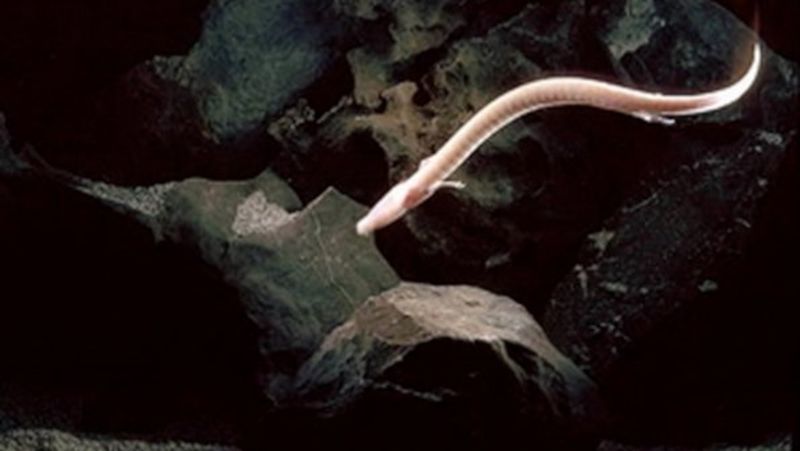
Olms are blind amphibians inhabiting the dark caves of Europe, adapted to life without sunlight. Their translucent skin and external gills allow them to thrive underwater, relying on a slow metabolism to survive scarce food resources.
These creatures can live for over a century and withstand long periods without food. Olms’ adaptations to subterranean life highlight the complexities of evolution and the diversity of life forms hidden beneath the surface. Their mysterious, otherworldly appearance and resilience make them a fascinating subject of study in extreme environment adaptation.
Fennec Fox
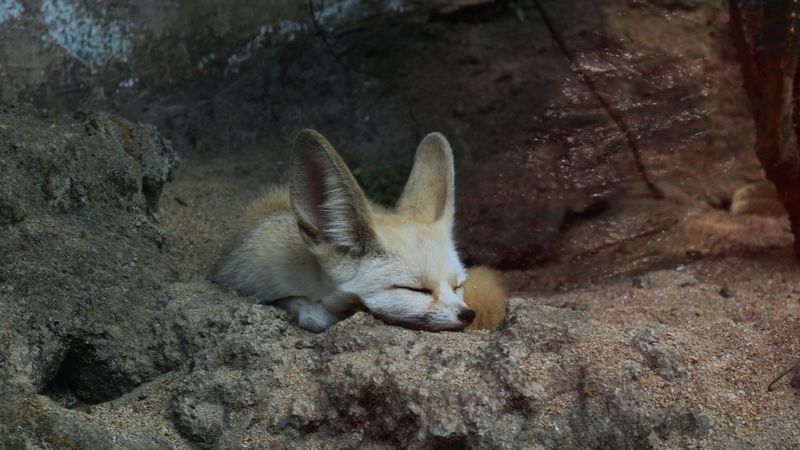
Fennec foxes are small nocturnal canids native to the Sahara Desert, adapted to endure extreme heat and scarce water. Their large ears dissipate heat and enhance their hearing, while sandy-colored fur provides camouflage.
They dig burrows to escape the daytime heat, emerging at night to hunt small prey and find food. Fennec foxes exemplify adaptation to desert life, showcasing the remarkable strategies animals employ to survive in harsh environments. Their charming appearance and survival skills make them an iconic symbol of desert resilience and the beauty of natural adaptation.
Red Flat Bark Beetle
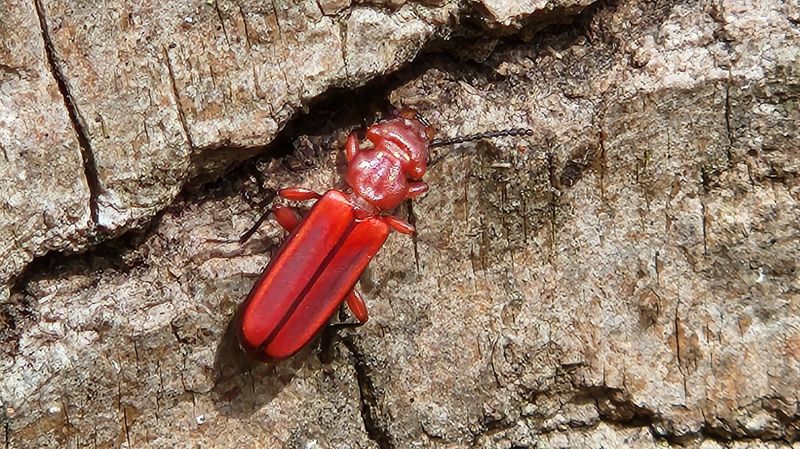
The red flat bark beetle is a small insect found in cold northern forests, capable of surviving extremely low temperatures. It produces antifreeze proteins that prevent its body fluids from freezing, allowing it to endure harsh winters.
These beetles remain active under the bark of trees, feeding on other insects and organic material. Their resilience to cold showcases the fascinating adaptations insects develop to survive in extreme climates. The red flat bark beetle symbolizes the incredible survival strategies employed by small creatures in the face of environmental challenges.
Gobi Jerboa
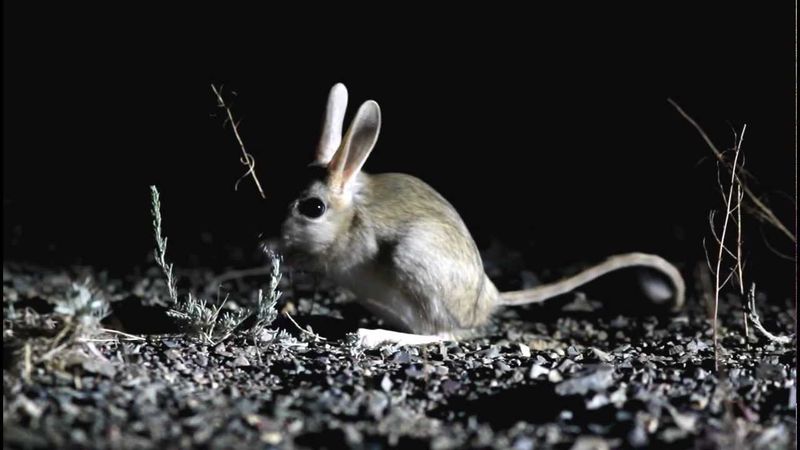
Gobi jerboas are small rodents native to the Gobi Desert, adapted to survive in harsh, arid conditions. With long hind legs, they can leap great distances to escape predators and find food.
Their nocturnal lifestyle helps them avoid the desert’s extreme daytime heat, and they obtain moisture from the plants and insects they consume. Gobi jerboas exemplify adaptation to desert life, using unique physiological traits to endure one of the planet’s most extreme environments. Their survival strategies highlight the diverse ways mammals can thrive in seemingly inhospitable habitats.
Thermal Spring Snail
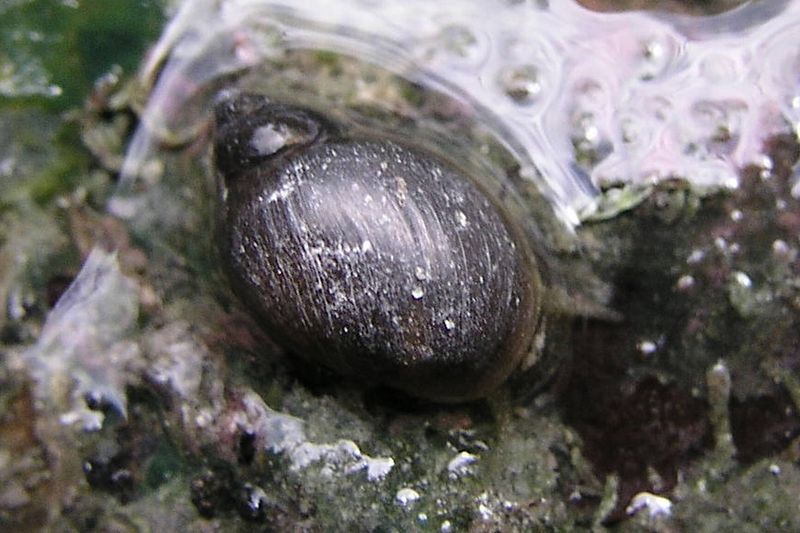
Thermal spring snails inhabit the hot springs of Yellowstone National Park, where water temperatures can exceed 120°F. These snails have adapted to the high temperatures with specialized enzymes that protect their cellular structures.
Feeding on algae and bacterial films, they contribute to the unique ecosystem of thermal springs. Thermal spring snails demonstrate how life can thrive in environments that seem too hostile for survival. Their existence in such extreme conditions illustrates the diverse and surprising ways organisms can adapt to challenging habitats.
Rocky Mountain Goat
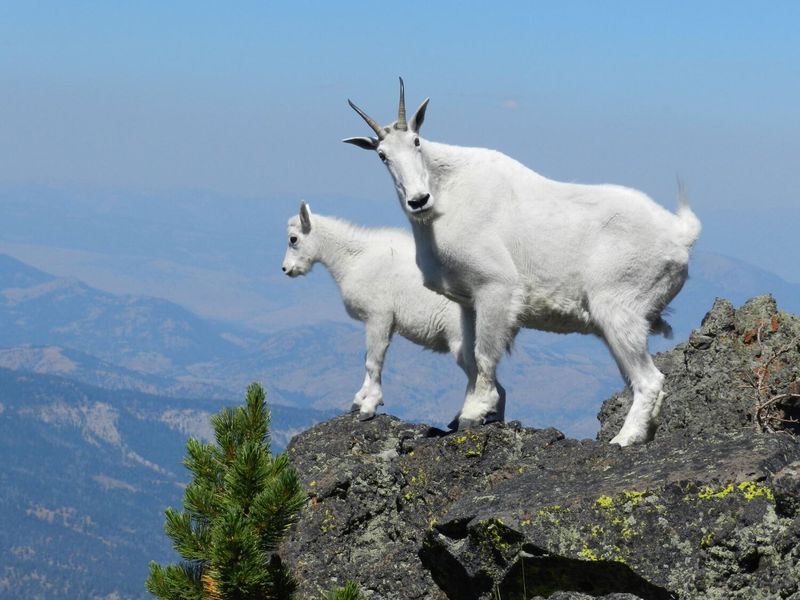
Rocky mountain goats are agile climbers found in the rugged terrains of North America’s mountain ranges. Their thick, white coats provide insulation against cold temperatures, while their muscular legs and specialized hooves enable them to scale steep cliffs.
Living at high altitudes, these goats face challenges like cold weather and limited food. Despite these obstacles, they thrive in their mountainous habitat, demonstrating incredible adaptations to life at high elevations. Rocky mountain goats embody the resilience of animals living in extreme environments, showcasing nature’s ingenuity in overcoming harsh conditions.
Japanese Macaque
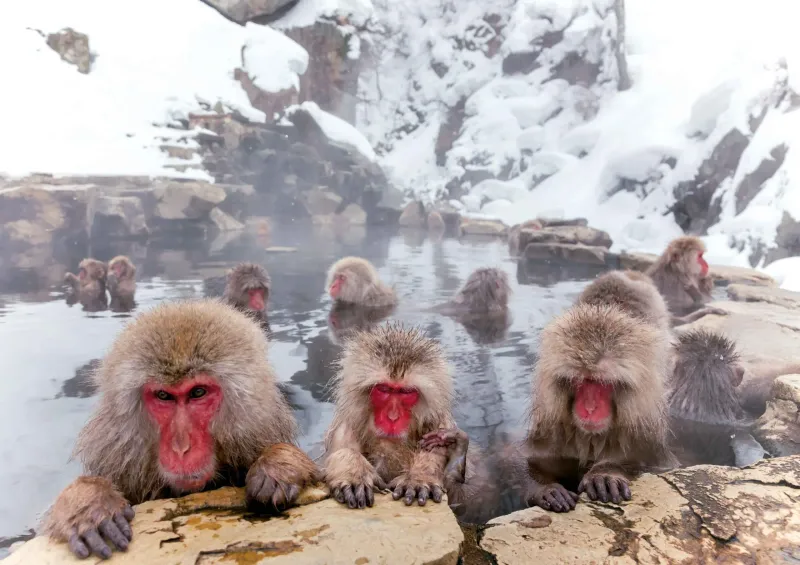
Japanese macaques, also known as snow monkeys, are native to Japan’s mountainous regions, where they endure cold winters. They are famous for soaking in natural hot springs to keep warm, a behavior learned and passed down through generations.
These social primates exhibit complex social structures and a wide range of vocalizations for communication. Japanese macaques’ ability to adapt to cold climates and utilize their environment effectively illustrates the intelligence and social learning capabilities of primates. Their unique behavior and adaptability make them a fascinating example of survival in extreme conditions.

